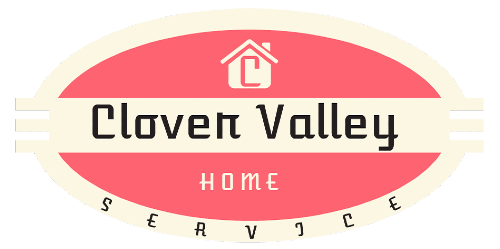What to Expect During Professional Attic Insulation Removal
Whether dealing with outdated materials, mold, pest infestations, or simply upgrading to better insulation, understanding what to expect during removal helps homeowners prepare and feel confident in the results.
Removing old attic insulation may seem daunting, but professional insulation removal services make the process efficient, safe, and hassle-free. Whether dealing with outdated materials, mold, pest infestations, or simply upgrading to better insulation, understanding what to expect during removal helps homeowners prepare and feel confident in the results.
Initial Inspection and Assessment
The first step in professional attic insulation removal is thoroughly inspecting the attic space. Professionals assess the type of insulation present, its condition, and any issues that might complicate the removal process, such as mold, moisture, or pest infestations. They also look for signs of structural damage, leaks, or ventilation problems that may need to be addressed before installing new insulation.
This inspection helps determine the best removal methods and ensures the entire process is tailored to the home’s needs. Homeowners receive a detailed assessment and recommendations for next steps, including any necessary repairs or improvements.
Preparation for Safe Removal
Before the removal process begins, professionals protect the home and its occupants. This includes sealing the work area to keep dust and debris from spreading to other house sections. Protective coverings are placed over floors and furniture, and ventilation systems may be temporarily shut off to keep contaminants from circulating.
Technicians wear specialized protective gear, including masks, gloves, and suits, to safeguard against exposure to insulation fibers, mold spores, or pest-related contaminants. Homeowners are often advised to stay clear of the work area until the removal process is complete.
Efficient Removal Techniques
Professional insulation removal involves specialized equipment designed to make the process efficient and thorough for loose-fill insulation, such as cellulose or fiberglass. High-powered vacuums with long hoses suction the material directly into sealed containers, minimizing dust and verifying that all insulation is completely removed, even from hard-to-reach areas.
Technicians carefully cut and bag batt or rolled insulation for safe disposal. Any contaminated insulation, such as that affected by mold or pests, is handled with extra care to prevent the spread of harmful substances.
Addressing Mold, Pests, and Other Issues
If mold, pests, or moisture problems are discovered during removal, professionals take additional steps to address these issues before new insulation is installed. Mold remediation may involve cleaning and treating affected areas with antimicrobial solutions to halt future growth.
Pest infestations are handled by removing nests, droppings, and other debris, followed by thorough cleaning and disinfection. Entry points that allowed pests into the attic are sealed to prevent future infestations. Moisture concerns, such as leaks or poor ventilation, are also addressed to create a dry, healthy environment for new insulation.
Cleaning and Preparing the Attic Space
Once the old insulation is removed, the attic space is thoroughly cleaned to eliminate any remaining dust, debris, or contaminants. This step is crucial for verifying the new insulation performs at its best. Professionals may use HEPA vacuums and specialized cleaning agents for a spotless attic environment.
During this stage, technicians also inspect for any additional repairs that may be needed, such as fixing damaged wood, sealing air leaks, or improving ventilation. Addressing these issues then helps maximize the effectiveness and lifespan of the new insulation.
Installing New Insulation
With the attic clean and prepared, the next step is installing new, high-performance insulation. Professionals recommend the best type of insulation for the home’s specific needs, whether fiberglass batts, blown-in cellulose, or spray foam. The new insulation is installed precisely, verifying complete coverage and optimal energy efficiency.
Proper installation helps regulate indoor temperatures, reduce energy bills, and improve comfort. Professionals also make sure that the insulation meets local building codes and energy efficiency standards.
Final Inspection and Clean-Up
After installing the new insulation, a final inspection certifies that the job is finished to the highest standards. Professionals check for proper coverage, address concerns, and inform homeowners about maintaining the insulation over time.
The work area is thoroughly cleaned, with all debris and protective coverings removed. Homeowners can expect their attic and surrounding spaces to be left spotless, with no trace of the extensive work that has taken place.
The Benefits of Professional Insulation Removal
Choosing professional attic insulation removal offers numerous benefits, from guaranteeing thorough, safe removal to addressing underlying issues like mold, pests, and moisture. Professionals bring the expertise, tools, and attention to detail to transform an attic into a clean, energy-efficient space.
Investing in professional insulation removal and replacement improves energy efficiency and comfort and protects the health of the home’s occupants. Homeowners can enjoy a safer, more comfortable living environment with expert care and high-quality materials for years.

